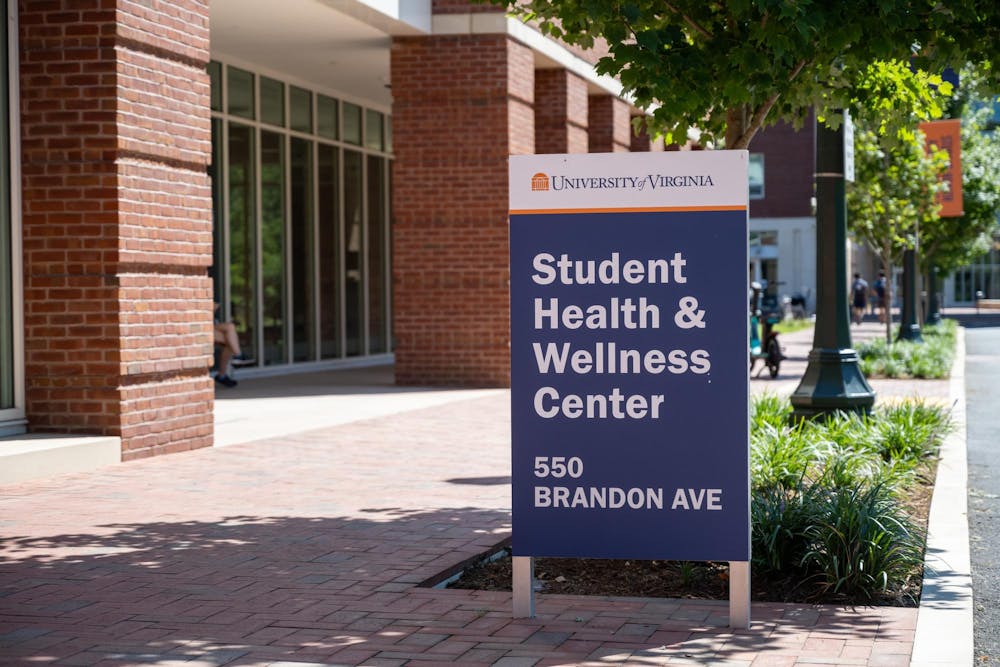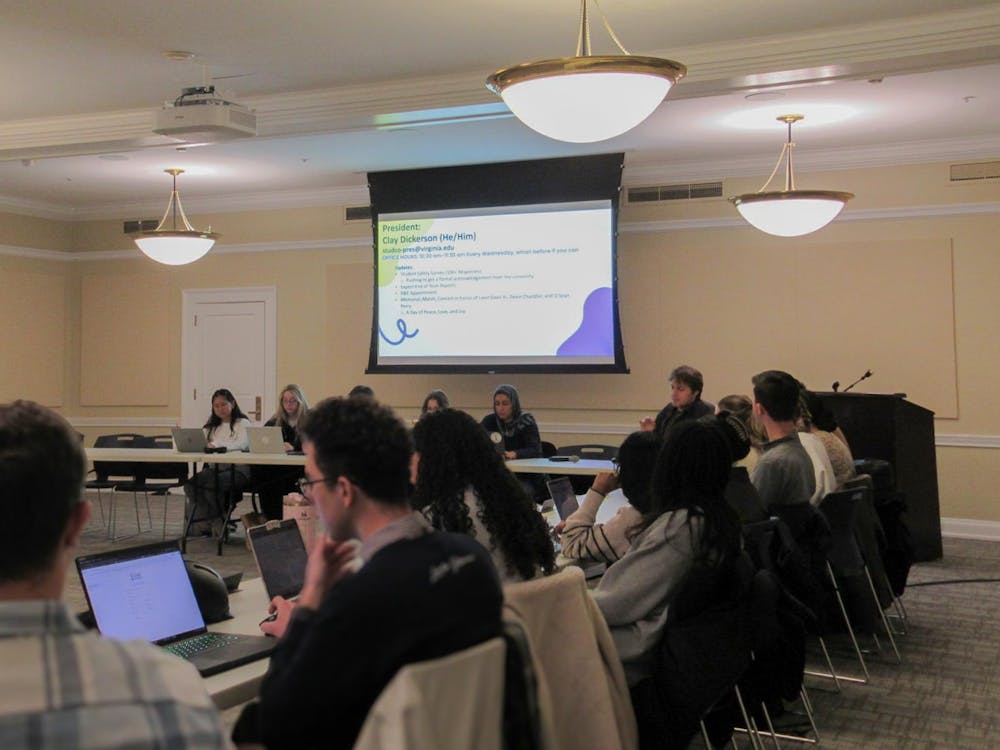Student Health and Wellness confirmed Friday that 15 patients have received positive diagnoses for Hand, Foot and Mouth Disease since the end of August. This marks a small, but notable, spike in the viral infection among University students.
HFMD is a contagious illness originating from a virus that typically causes sore throat, fever and rashes or blisters on the hands, feet and mouth. It is most commonly found in small children, but teenagers and adults can also contract the illness, especially through close contact in shared living or working spaces.
Danielle D’Andrea, associate director of marketing and communications at Student Health and Wellness, shared information about possible symptoms students should look out for.
“Symptoms often begin with a fever, loss of appetite, sore throat and a general feeling of being unwell,” D’Andrea said. “Within a day or two, painful mouth sores may appear, along with a skin rash made up of red spots or blisters on the palms of the hands and soles of the feet.”
D’Andrea said that HMFD is caused by an enterovirus, a group of viruses which spread through the intestine. She said HMFD can be transmitted through close personal contact or sharing items. Actions such as kissing and hugging or sharing cups, water bottles, utensils, lip balm or vape pens are common ways the virus can propagate among people.
“HFMD can spread in several ways — through respiratory droplets, saliva, fluid from blisters, stool and even contaminated surfaces,” D’Andrea said. “People may continue to shed the virus for several weeks after infection so are contagious longer. By comparison, flu and COVID-19 are spread primarily through respiratory droplets.”
Several students have experienced symptoms associated with HMFD, including in first-year residence halls. Jaden Kline, the senior resident of Balz-Dobie and third-year Engineering student, said that two of his residents had reported feeling sick, and their resident advisors approached Kline for guidance.
He said issues arose when residents started to become “spooked,” because after coming into contact with the illness, symptoms may not appear for a few days. He said residents were not sure how many of them would become sick since the two cases were on the same floor.
“There actually is no policy on [an illness spike], and that's where the issues kind of arose,” Kline said. “And because there has not been an official policy since COVID, the only guidelines were to go to Student Health and Wellness and ask for medical advice from there.”
Kline said that as a spike appeared in his residence hall, his community had a collective response to the hardships of those who became ill.
“I saw a lot of students supporting the sick residents. They were checking in, asking how they were doing, making sure that they were still able to get whatever they needed,” Kline said. “People were giving notes, trying to make sure they were still keeping up to date in class.”
SHW has recommended general health procedures to avoid getting sick, including washing hands and wearing a mask if sick.
“The most effective way to prevent HFMD is to wash your hands frequently with soap and warm water,” D’Andrea said. “Avoid close contact with people who are ill.”
Kline said he thinks that students are responding to this advice by taking the necessary steps.
“Students in the building are definitely taking it seriously in terms of maintaining cleaner procedures,” Kline said. “Residents were asking about hand sanitizer, soaps, where they can get masks, things like that, just for general sickness, especially since it's flu season.
For more information on HFMD and frequent updates on important health news on Grounds, Student Health and Wellness maintains a surveillance page.
“Drawing on past experience, as soon as we confirmed cases this semester, we updated the SHW Current Illness Surveillance page to raise awareness and remind students about prevention steps,” D’Andrea said.
The HMFD spike is appearing alongside seasonal sicknesses like the common cold, flu and now, COVID-19. Students can make appointments on the Student Health and Wellness website to receive flu and COVID-19 vaccinations, as well as other immunizations. According to the Virginia Department of Health as of Oct. 4, overall respiratory illnesses are minimal and trending down.
D’Andrea said any students experiencing symptoms should contact Student Health and Wellness at (434) 982-3915 or schedule an appointment through the Healthy Hoos online portal.







